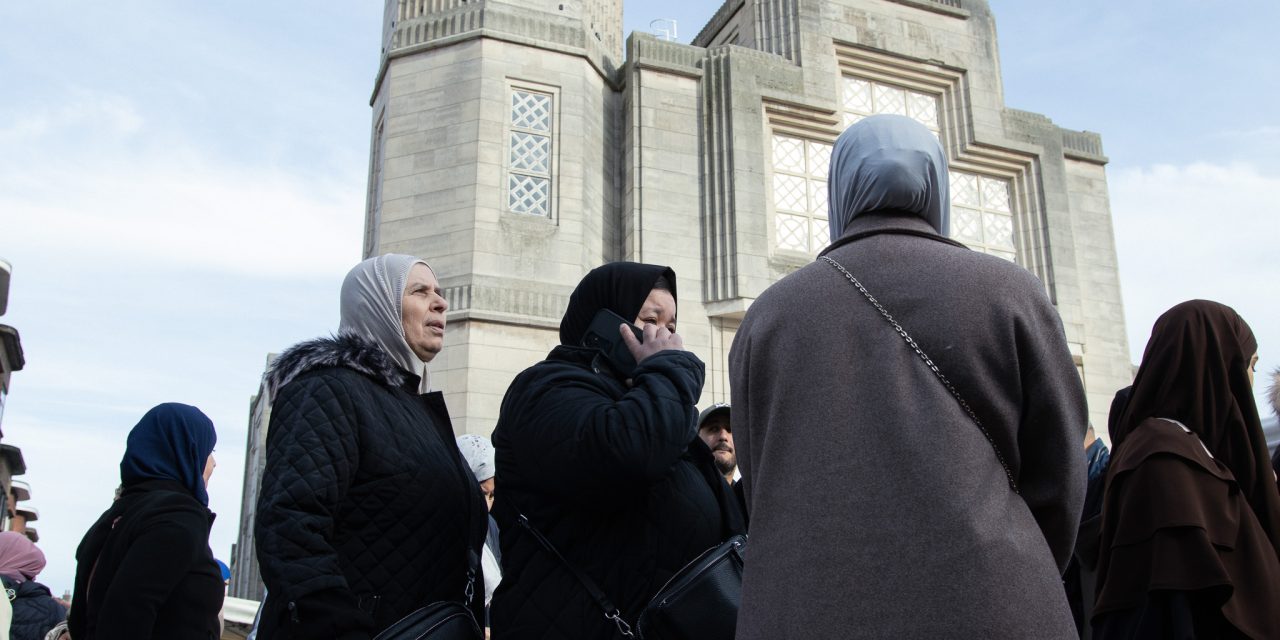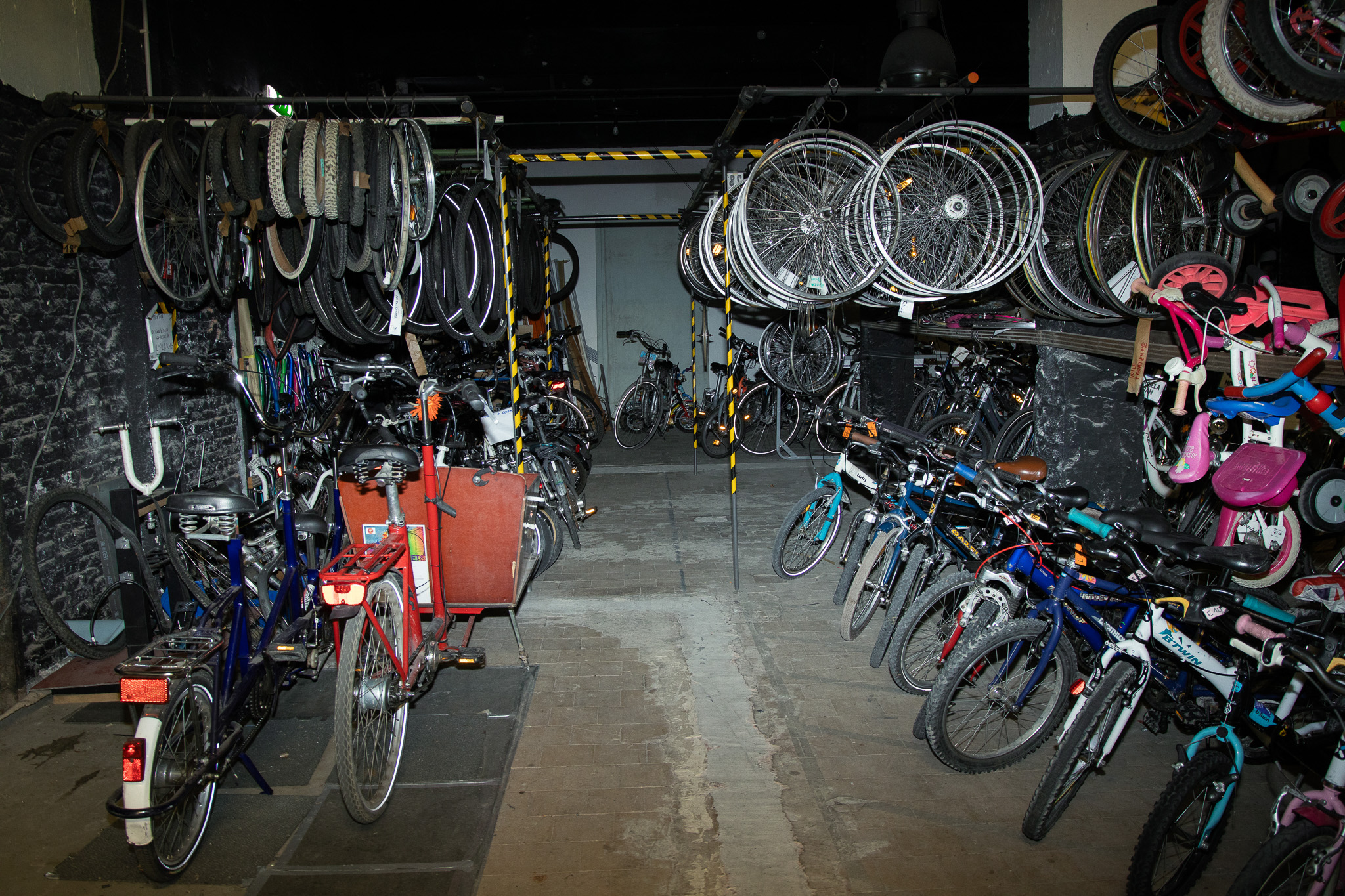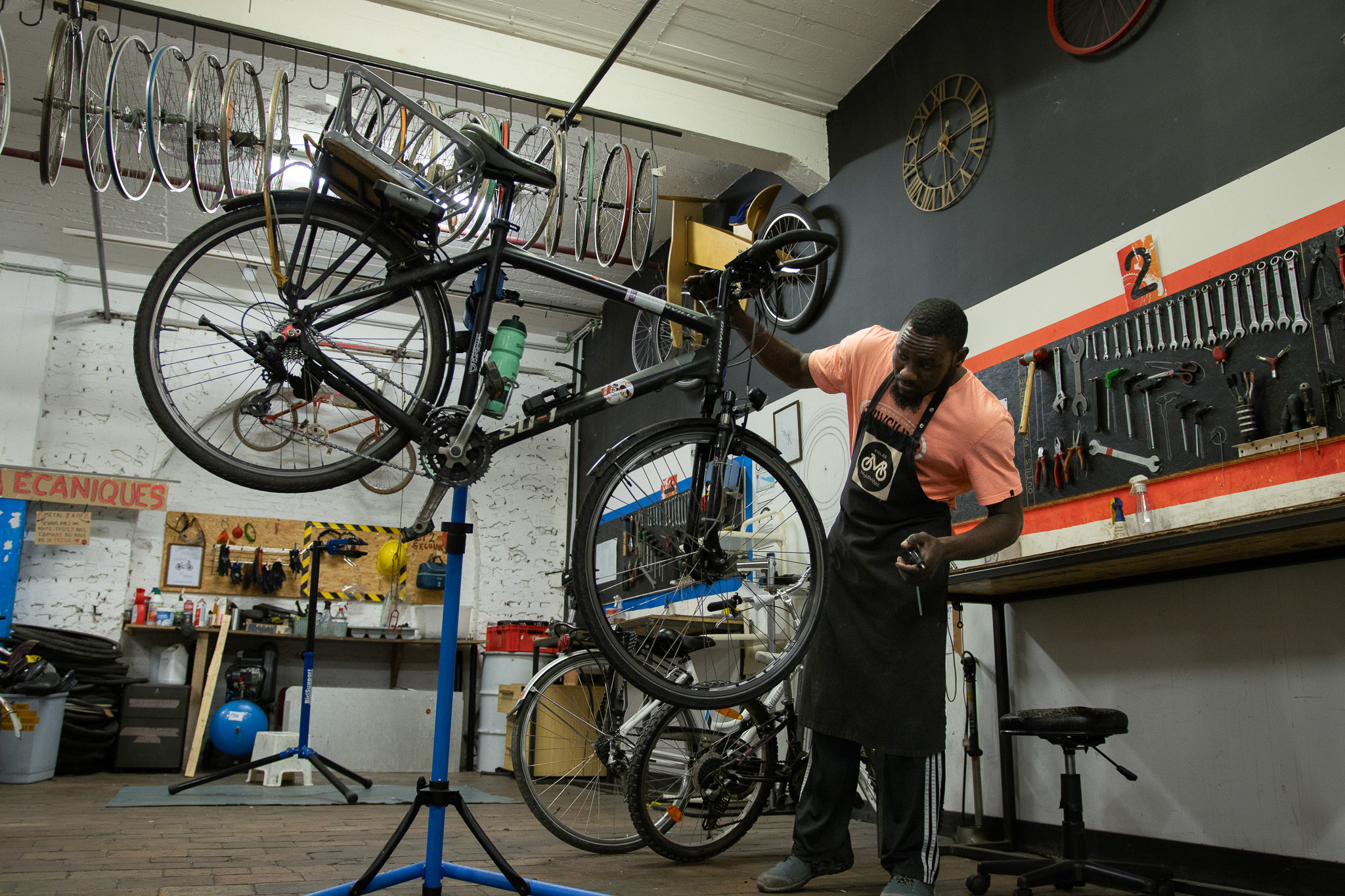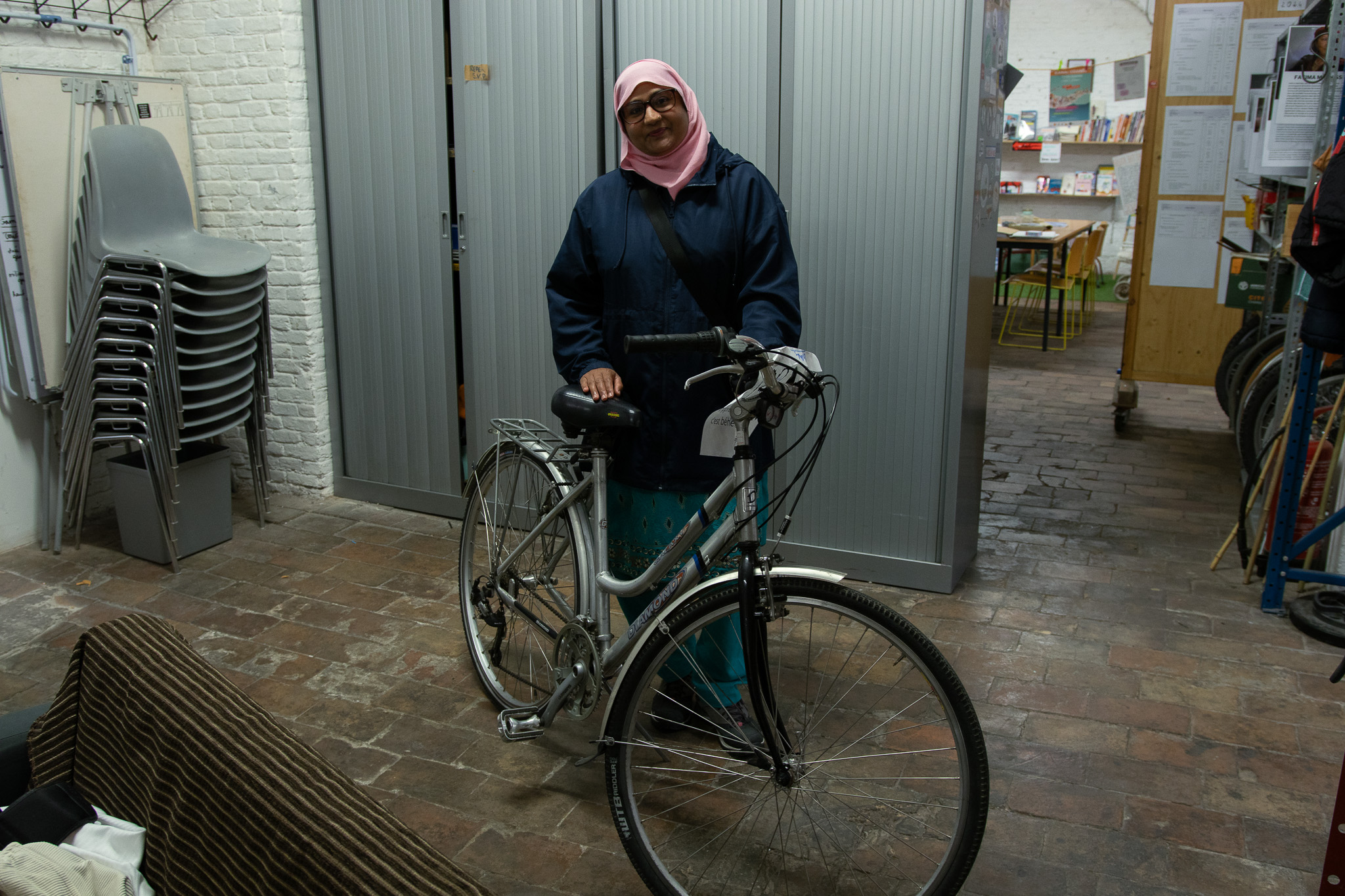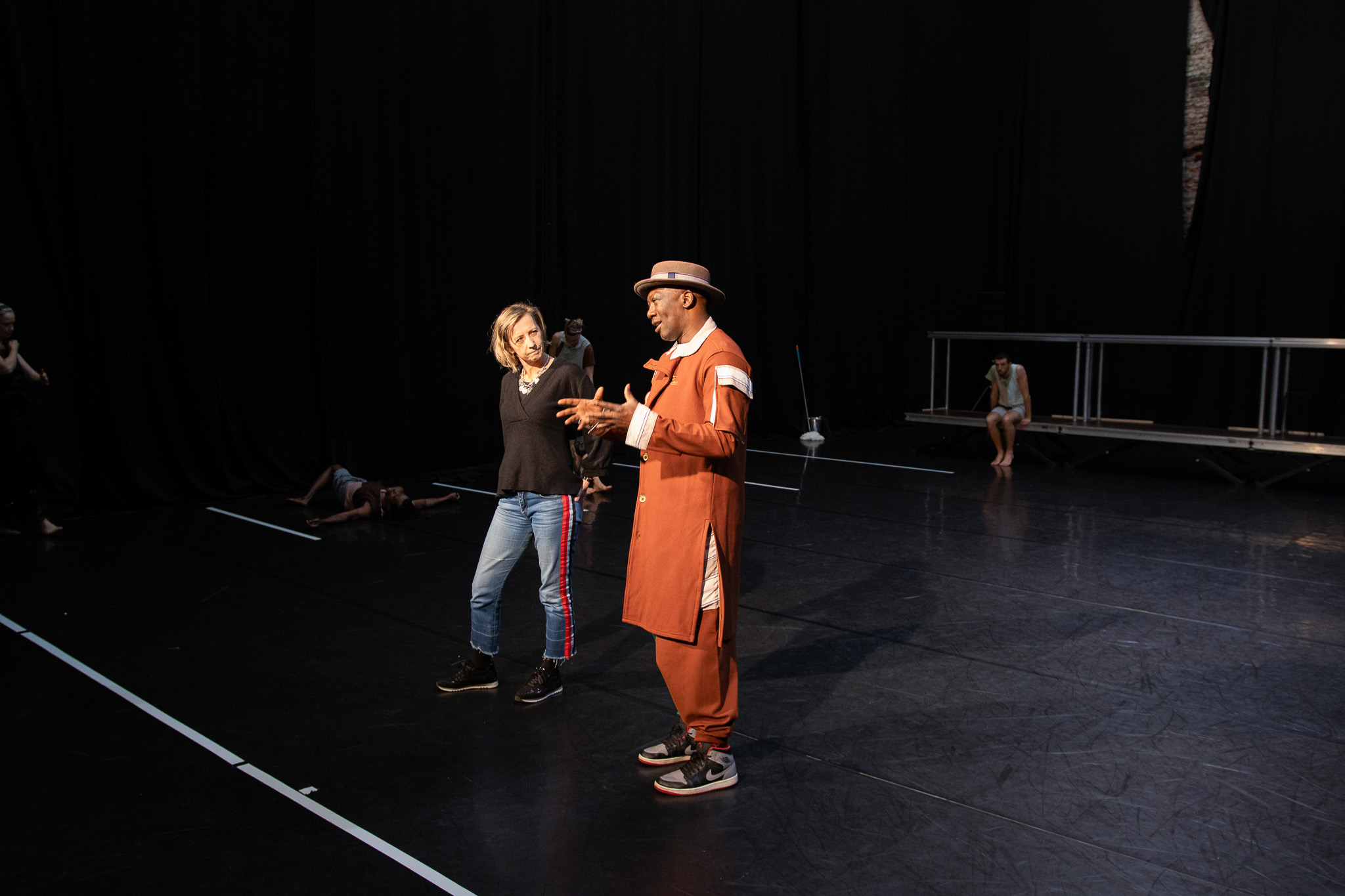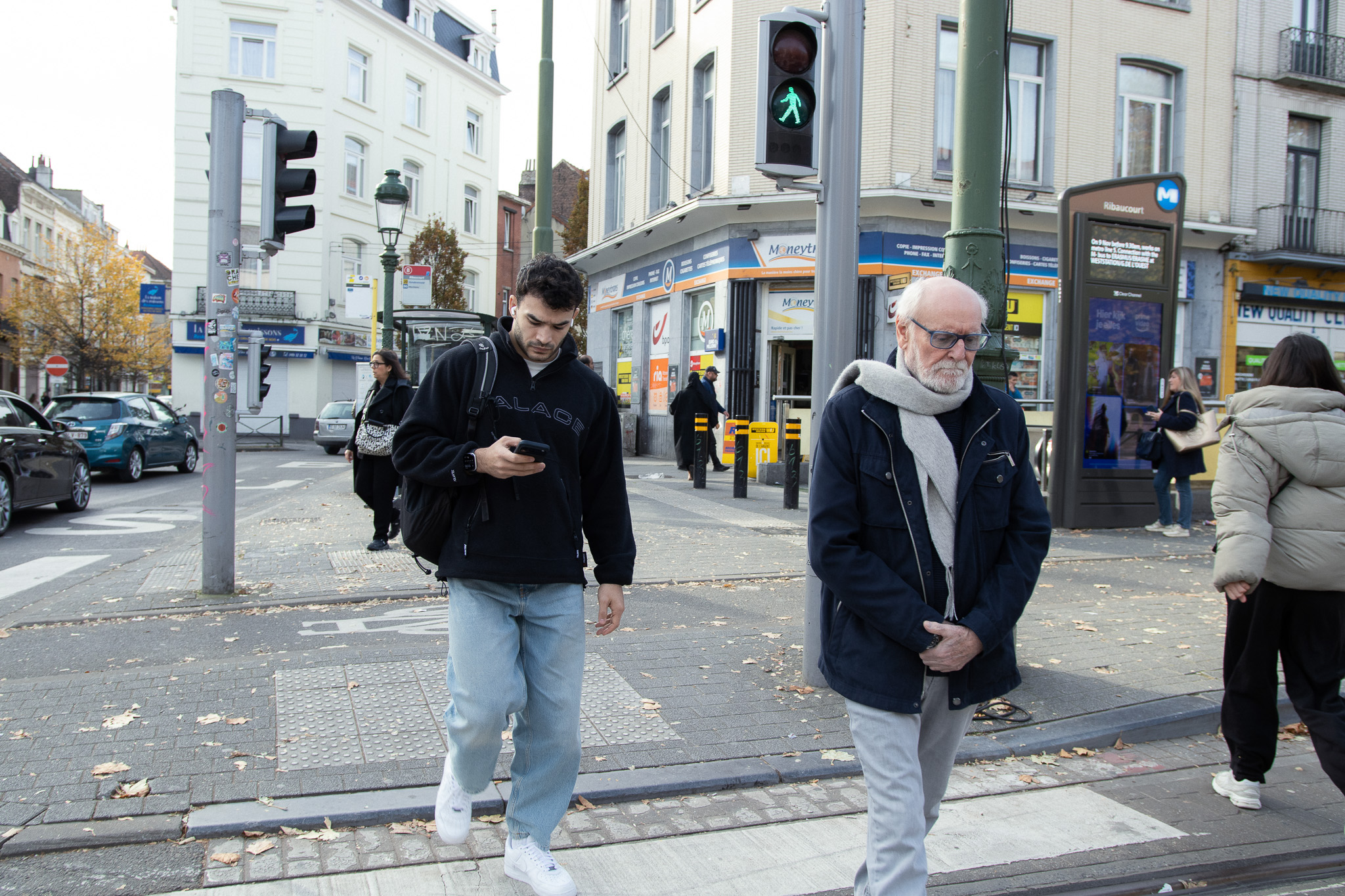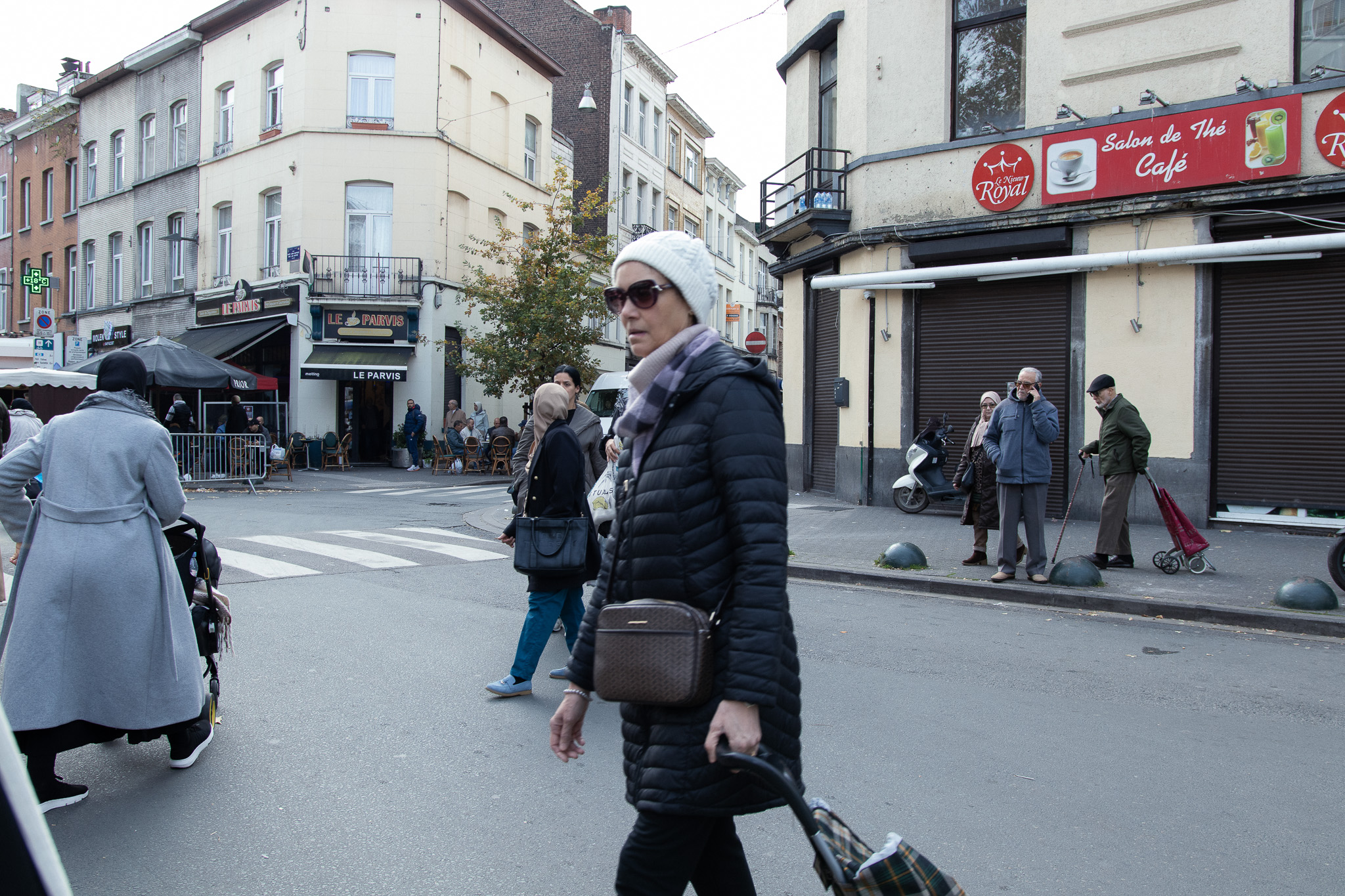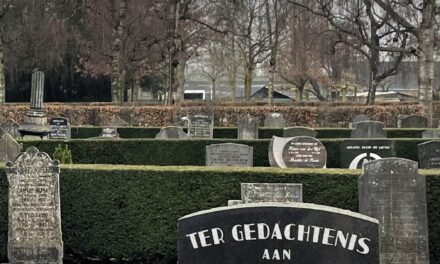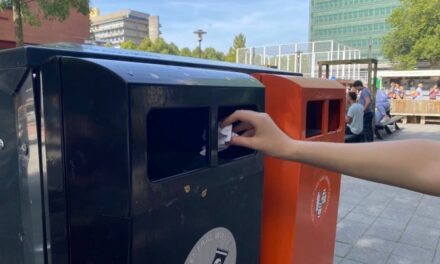Molenbeek-Saint-Jean, a municipality in Brussels, has long struggled with a negative image. But local projects, from cycling initiatives to cultural centres showcase it’s creativity and community spirit. Many rely on public subsidies like ‘Politique de la Ville’, which support activities and staff, but with funding set to end in December 2025, the future of these initiatives is uncertain.
Molenbeek’s negative image
Molenbeek’s negative image spread internationally in 2015, after the Paris terrorist attacks, when it was revealed that some of the attackers came from the muncipiality. “Certain events in the neighbourhood are quickly picked up and reproduced by the media. The news about the terrorists suddenly put Molenbeek on the international map, reinforcing perceptions of what might be ‘wrong’ with the community, such as a lack of integration,” explains Gijs Clusters, sociologist at Erasmus University.. “It contributed to the idea of Molenbeek as a breeding ground for Islamist terrorism.”
He explains that after certain incidents, media attention tends to intensify around the neighbourhood. Earlier this year, the Dutch outlet Ongehoord Nederland published a video reportage in which a right-wing politician walked through Molenbeek claiming he felt unsafe, pointing out Arabic texts on buildings and women wearing hijabs.
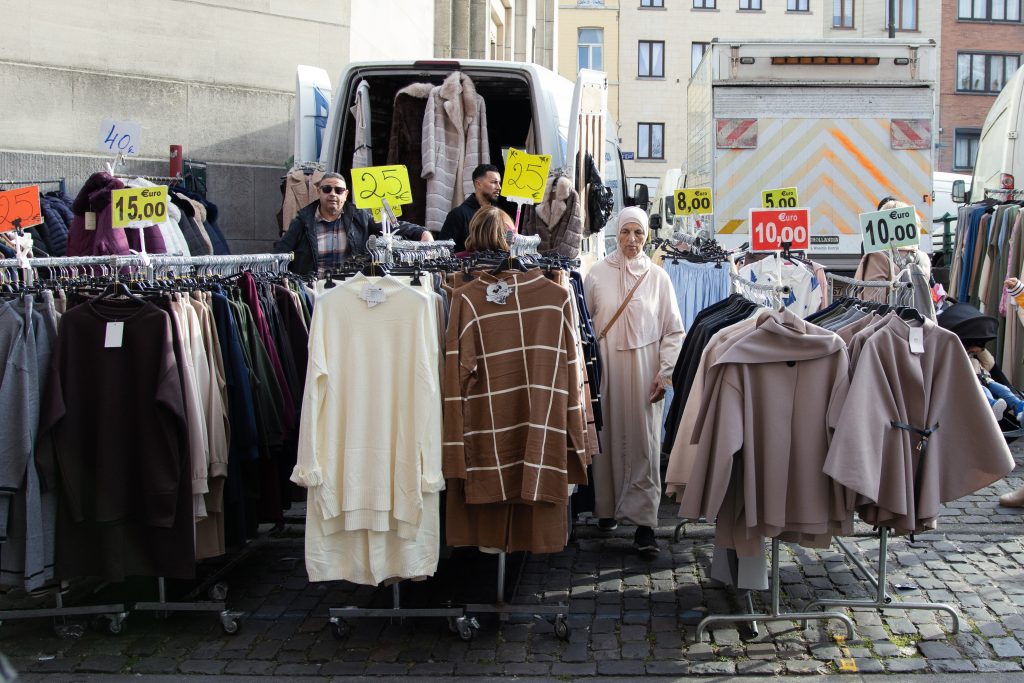
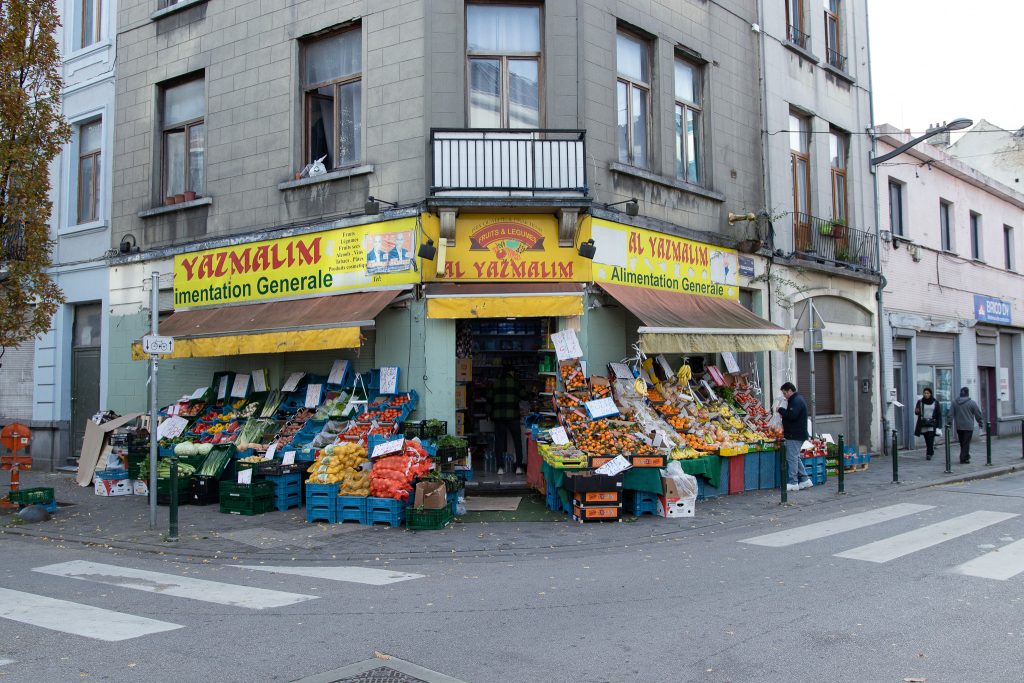
Local initiatives
Although Molenbeek is known for negative headlines, several organisations have been working for years to show that the neighbourhood is more than it’s reputation. One example is Molembike, a community cycling project that has been running for nearly a decade. The organisation offers bike workshops, repair sessions, and community rides.
The project also has a special focus on female cyclists, aiming to reduce gender inequalities. “Many women haven’t had the same opportunity to learn how to ride safely, and they often don’t know how to navigate the streets,” explains Romain Lardinois, bike mechanic at Molembike. “We try to make them more comfortable and give them the confidence and skills to ride independently.”
The House of Cultures and Social Cohesion has also been active in Molenbeek for years, using art and culture to bring people of all ages together. It offers playgroups, workshops, technology labs, and theatre shows, and many children later return as volunteers or performers. “Molenbeek is one of the youngest and poorest municipalities in Belgium, with a large and constantly changing immigrant
population,” says Jose de Jong, head of communication. “Especially in neighborhoods like this, it’s useful to have a meeting place where people feel at home and can develop their talents. We also work with people who don’t have an income, so they can join for free, and act as intermediaries for families less connected to cultural activities. In this way, we reach almost every community in Molenbeek.”
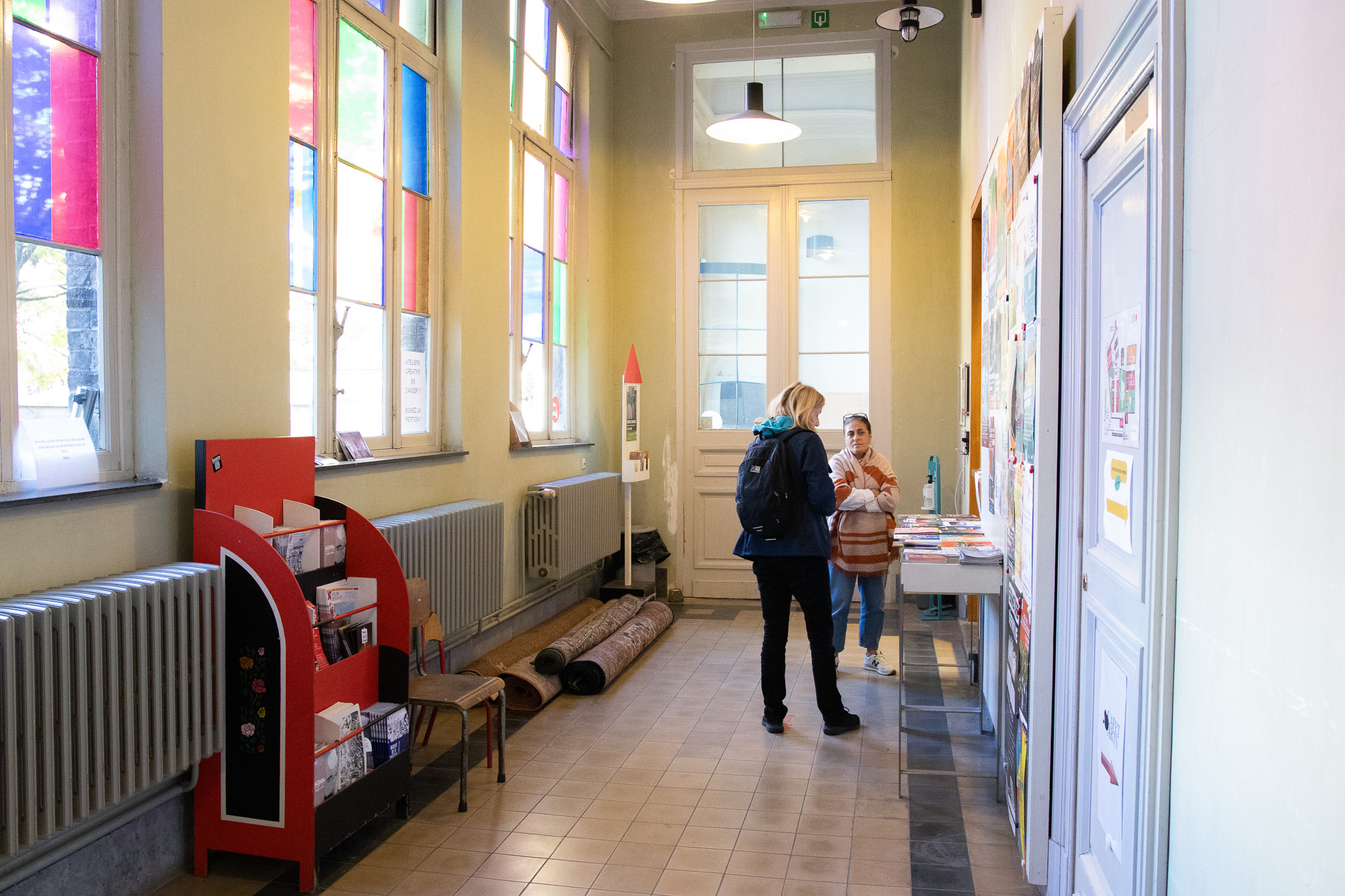
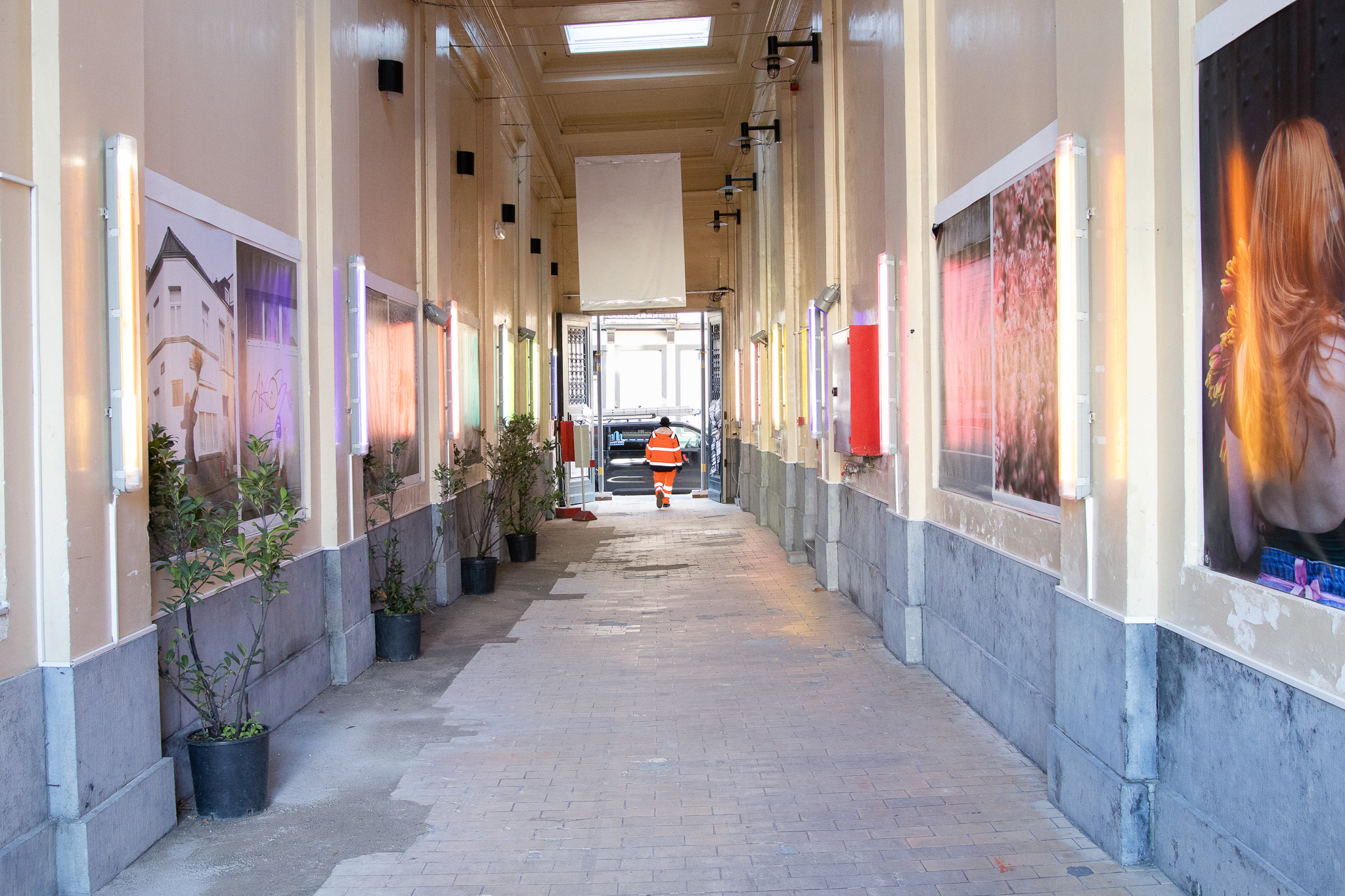
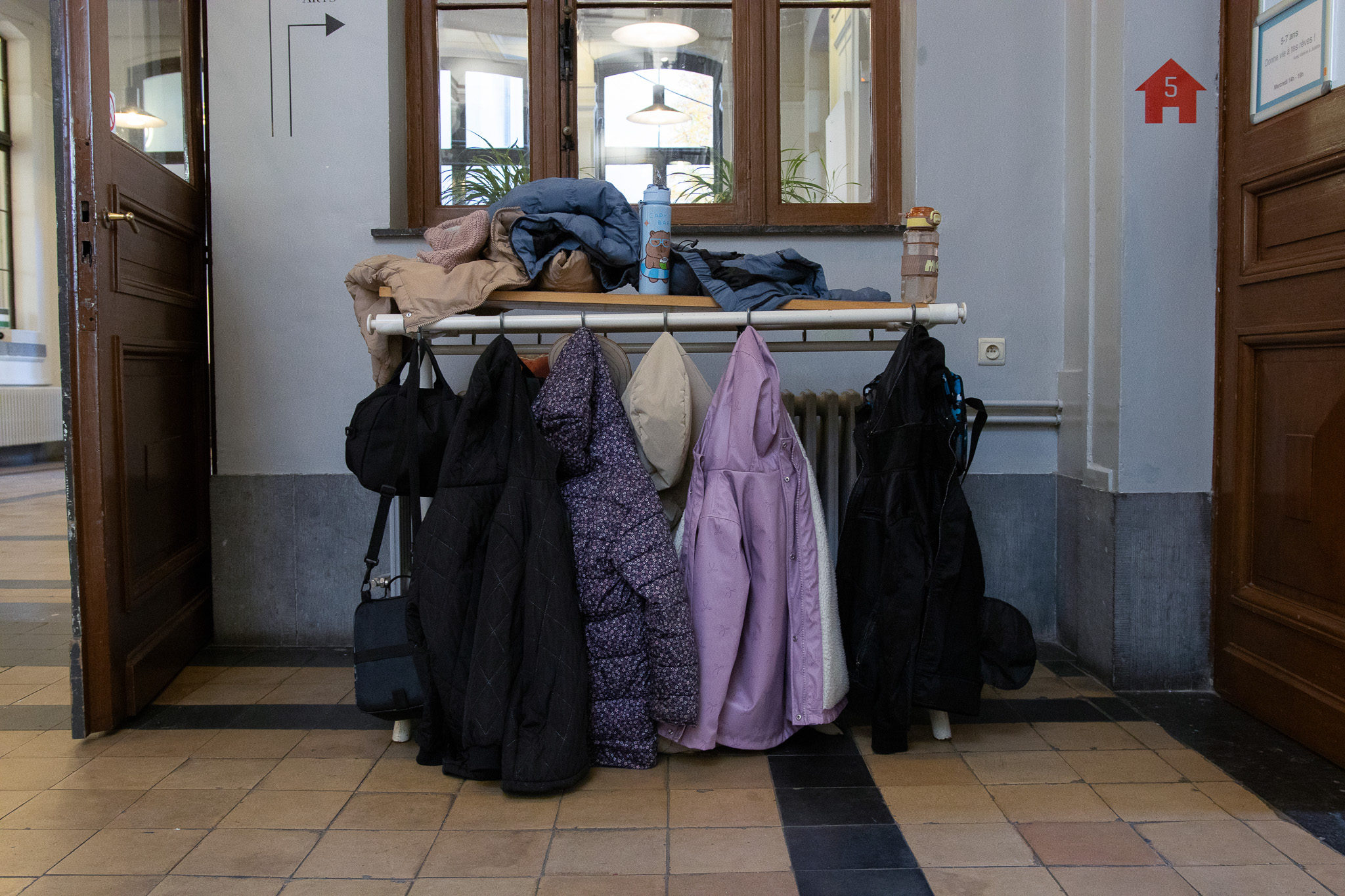
Earlier this year, Molenbeek made a big push to become the European Capital of Culture in 2030, aiming to show the neighbourhood in a new, more positive light. The campaign highlighted the creativity and energy that’s often overlooked in the media. The House of Cultures and Social Cohesion played a key role, connecting local artists and residents so they could take part in the program. Many organisations came together and created dance performances, theatre shows and more. “But I think it’s very important,” says de Jong, “To give hope and to let people dream and imagine other ways of coping in a world that is really in transition and crisis.
In the end, the title went to Leuven instead and José admits the outcome was disappointing: “I think a project on that scale could have really changed the image, but also the feeling of people living here. I’m afraid that in Leuven it’s less necessary… there was more to change here, a bigger challenge, but they chose the safer option.”.

Someone who also participated in the project for Brussels as a Cultural Capital 2030 is Serge Aimé Coulibaly, a choreographer and dancer originally from Burkina Faso. He has been living in Molenbeek for 15 years, after working in Ghent and Lille. When he first arrived in Brussels, friends warned him to avoid areas like Molenbeek, Skarbek, and Etterbeek. “I stopped one day and asked myself, but why not Molenbeek or Skarbek? Why not?” Coulibaly says. He realized that much of the fear surrounding these neighbourhoods was based on assumptions about race and difference: “People are afraid of everybody that don’t look like them.” For him, however, living there was never a problem.
He found a space he liked in one of Molenbeek’s old factories, which had been converted into apartments and studios. “Also, it’s for the same reason that there is mixed people, because people came to work in this factory,” he explains. Even though the factory is now closed, the neighbourhood still reflects that diversity. Now that it’s closed… that’s how I end up living in Molenbeek.”
He describes the area as a constantly changing, dynamic place: “The people who are here today won’t be the same people as next year. That’s why I’m saying that Molenbeek is in a transit zone.”
Local initiatives in Molenbeek rely heavily on public subsidies like the Politique de la Ville, which are set to end in December 2025 due to unstable politics. This funding supports many projects, including those at the House of Cultures and Social Cohesion, where some staff members’ salaries depend partly on these subsidies. Elke Vandenbergh explains, “At the House of Culture, about five people are affected by the lack of funding, because we have a combination of contracts. Half of the funding for some salaries comes from this fund, and the rest we combine with other sources. One person will lose their job.”
Besides these challenges, Elke emphasizes the broader impact of the funding gaps: “Many initiatives depend entirely on this support. If the funding stops, it affects cohesion in Molenbeek. It’s really problematic that it takes such a long time to decide.” She also sees a potential silver lining, noting that the pause could encourage organisations to work together more efficiently: “I hope we use this time between funding rounds to rethink collaboration and work in a more complementary way. If we are optimistic, it could even have positive effects.”
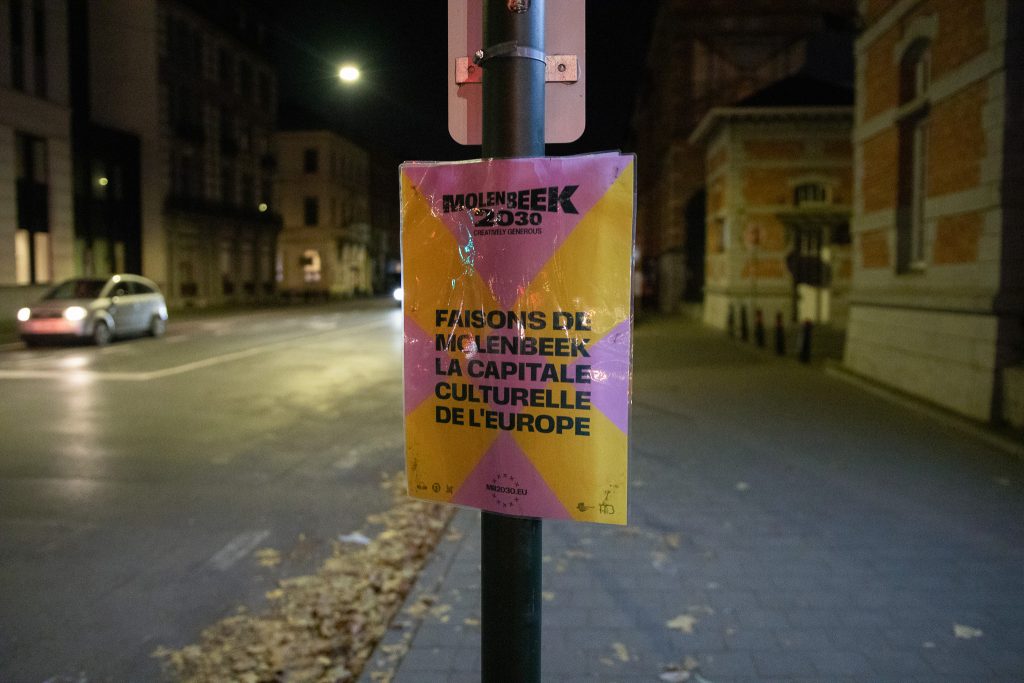
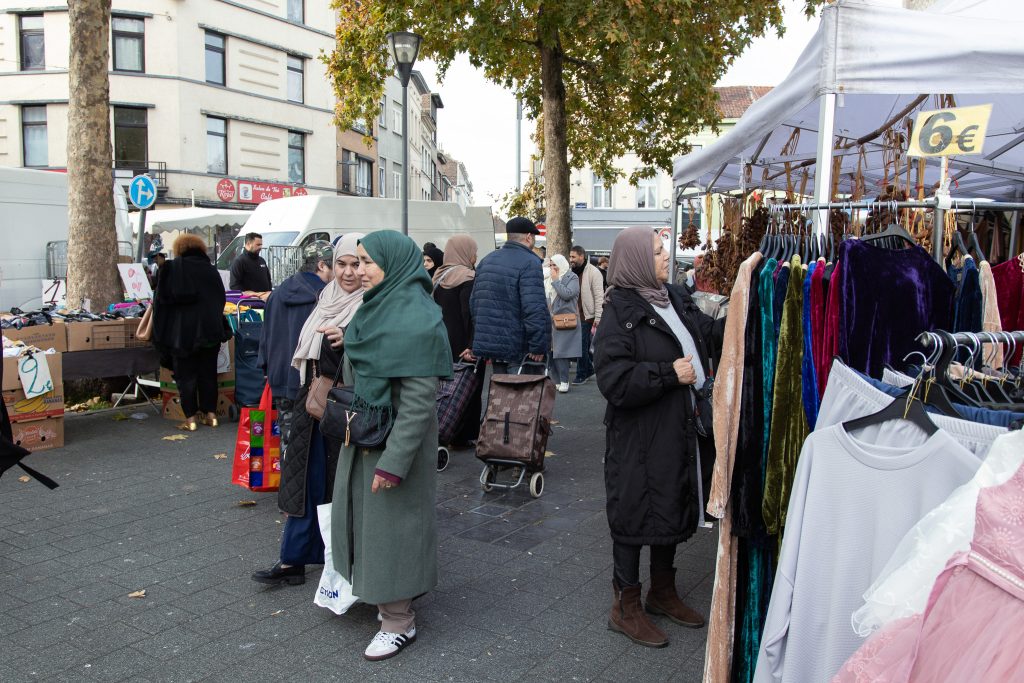
She underlines that the uncertainty is partly due to changes in governance and shifting responsibilities in Belgium, warning that too much reliance on private initiatives risks prioritizing profit over people’s needs: “It’s dangerous to shift too much to private initiatives. Public services should still focus on the needs of the people, and I’m convinced it’s important to keep it positive.”
Molenbeek is working hard to overcome its negative reputation by showcasing its creative talents and strong community spirit, but whether the funding that supports these initiatives will continue remains uncertain.
